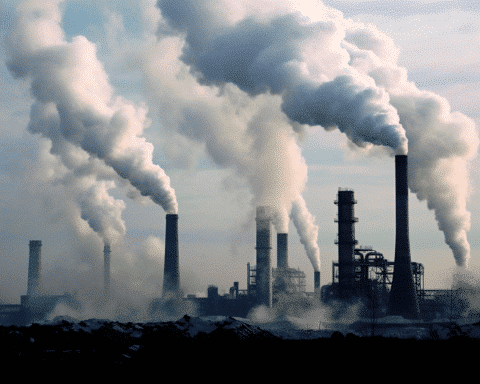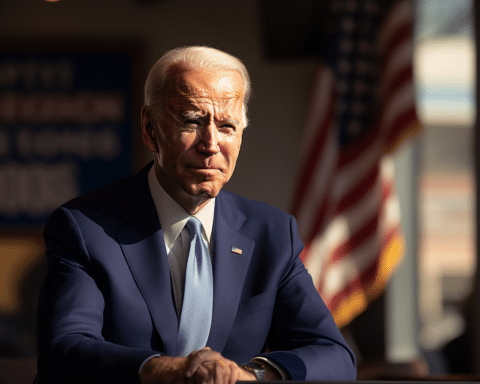Three years into the COVID-19 pandemic, the United States faces a significant challenge in enhancing its vaccination rates. Despite the availability of new vaccines targeting specific variants like the omicron subvariant XBB.1.5, only a meagre 15.7% of U.S. adults have received these latest shots from Pfizer, Moderna, and Novavax. This low uptake raises concerns about public health preparedness, especially regarding potential new virus variants.
The Centers for Disease Control and Prevention (CDC) highlighted this concerning trend, stating, “COVID-19 vaccine uptake is lower than we’d like to see, and most people will be without the added protection that can reduce the severity of COVID-19.” The slumping vaccination rates could leave vulnerable populations, particularly older adults and those with underlying medical conditions, at risk of severe infections.
Dr. Ali Mokdad, a renowned epidemiologist, stressed the importance of higher vaccination rates for preparedness against new variants, potentially causing surges in cases and hospitalizations. However, the public’s complacency, fueled by a decrease in COVID-19 cases and perceived lower severity of omicron variants, has led to a decline in urgency for vaccination.
Jennifer Kates from KFF and Dr. Brad Pollock of UC Davis Health highlighted factors contributing to the reduced vaccine uptake, including busy schedules, lack of clear understanding of personal risk and vaccine benefits, and routine health activity perception.
Political polarization also plays a role, with significant differences in vaccine acceptance among political affiliations, as observed in KFF’s polling data. Pfizer CEO Albert Bourla and representatives from Moderna and Novavax predict that future uptake rates might mirror the current trends unless significant changes occur.
One potential game-changer could be the introduction of combination shots targeting multiple respiratory viruses. Such vaccines, expected to be approved in the coming years, might offer convenience and encourage higher uptake. However, opinions are divided about their impact, with some experts skeptical about their ability to alter current vaccination behaviours significantly.
The U.S. faces a complex and multifaceted challenge in increasing COVID-19 vaccination rates. While combining vaccines and annualized vaccination approaches might offer some hope, overcoming public complacency, confusion, and skepticism remains daunting. Public health officials must find innovative strategies to communicate the importance of vaccines and adapt to the evolving nature of the pandemic to ensure better protection for the American population.




